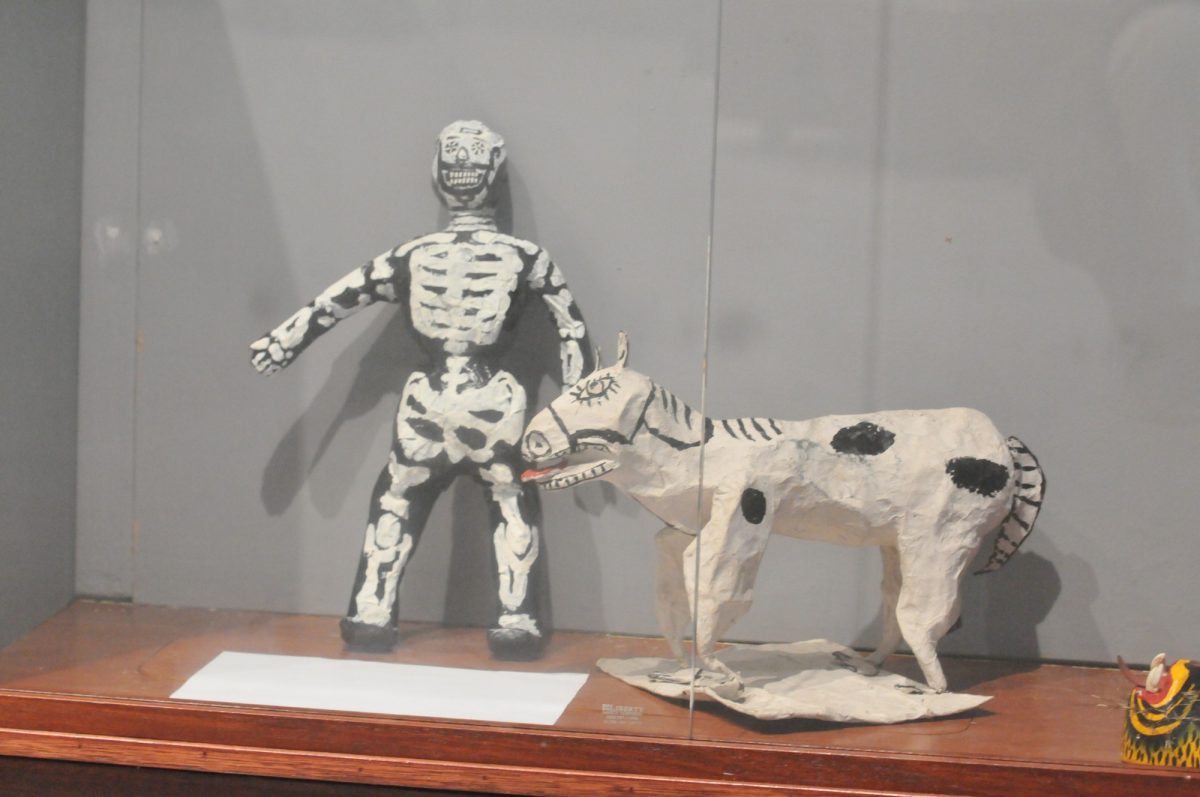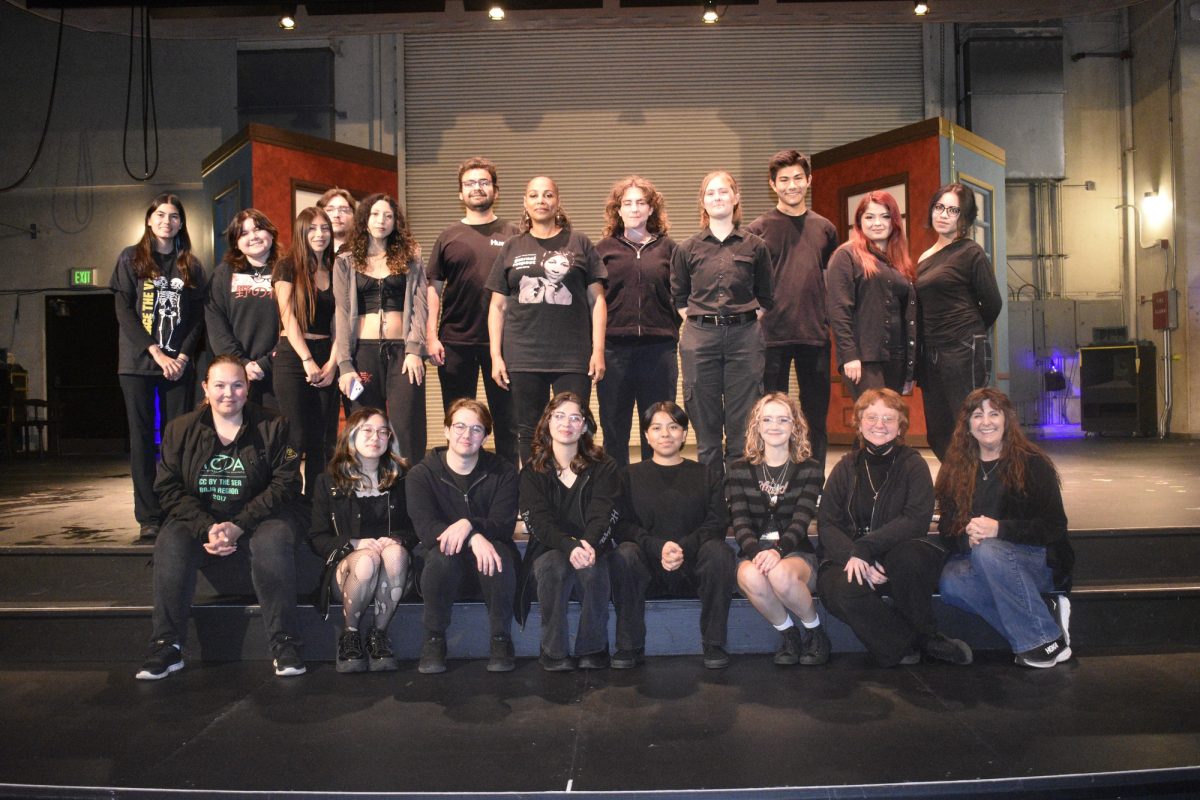Back in the day, when the first Nintendo system prowled the streets, Super Mario was just a small, three-colored, pixelated plumber.
Boy, he sure grew up fast.
These days, he’s too good to be in 2-D. He’s jumped into the third dimension, complete with colorful overalls and a puffier mustache.
And his hangout spots are different; he may now be seen chilling out in lush, detailed environments.
Mario and the rest of video games have certainly changed since their beginnings. And if the graphics are getting better, that can only mean an expansion in the gaming industry.
One must first realize that careers in the video game industry are blooming.
“This area is very contemporary because careers related to this field did not exist twenty to thirty years ago,” Carol Imai, fine arts counselor, said.
Education needs time to play catch-up when it comes to new technologies in the private sector, Imai said.
“Things work slowly in education,” Imai said. “We cannot get a program that’s going to cost millions overnight.”
EC doesn’t offer a specific video game degree, but don’t feel you’ve been TKO’d, “Punch Out!!” style, yet.
There are still steps you can take on campus to make all of your digital dreams come true.
Instructor Robin Valle teaches the Three-Dimensional Computer Animation course, which acts as level one for a gaming career.
“This class is a great starting point for people who want to break into the field of games,” Valle said.
The course revolves around learning to use a computer program that is beneficial to game artists in training.
“The program that we teach in this class is ‘3D Studio Max’,” Valle said. “And that’s one of the favorites of the people who create video games.”
The class goes into all aspects of the program, such as animation, creating textures and backgrounds and digital video, lab technician Jill Bryant said.
“I think it’s better to have a broader knowledge of what the program is capable of,” Bryant said. “That way, you’re not just limiting yourself to one industry.”
Bryant has previous experience in video games; she did several months’ worth of work on a project for the Electronic Arts game company, where she built model cars for a Hot Wheels game.
Bryant said it’s helpful for students to have a good demo reel of their computer animation work to show off to potential employers.
“That’s what they really want to see: how long you’ve worked with the program and how much experience you have,” Bryant said.
One could go to USC if they had a lot of money, but EC students get a bang for their buck due to the less expensive tuition and good equipment, Valle said.
“For the price, a lot of places do not have what we have,” Valle said.
Illustration major David La, 19, a student of Valle’s class, agrees the equipment in the class is top-notch.
“I have nothing like this at home,” La said. “My computer’s crap. So anything here is a big improvement.”
If art major Joey Majdali, 21, decides to go into video games, it’s because he’s played games where he felt he could have improved upon them.
“If I knew everything I needed to know, I can see myself going out there and making a better game,” Majdali said.
There are other EC courses a student may take for a game-oriented career.
“Anybody who’s interested in games should check out all of our digital classes,” Valle said.
Other computer art classes besides computer animation include web design and digital photography.
“A lot of those courses can give people the kind of computer technology background to go off into, let’s say, an entry-level position in computer art,” Imai said.
However, the video game industry is too young for any offered classes to be specifically geared toward video games.
“When we start talking about game design or video art or video design, this is a new frontier,” Imai said.







